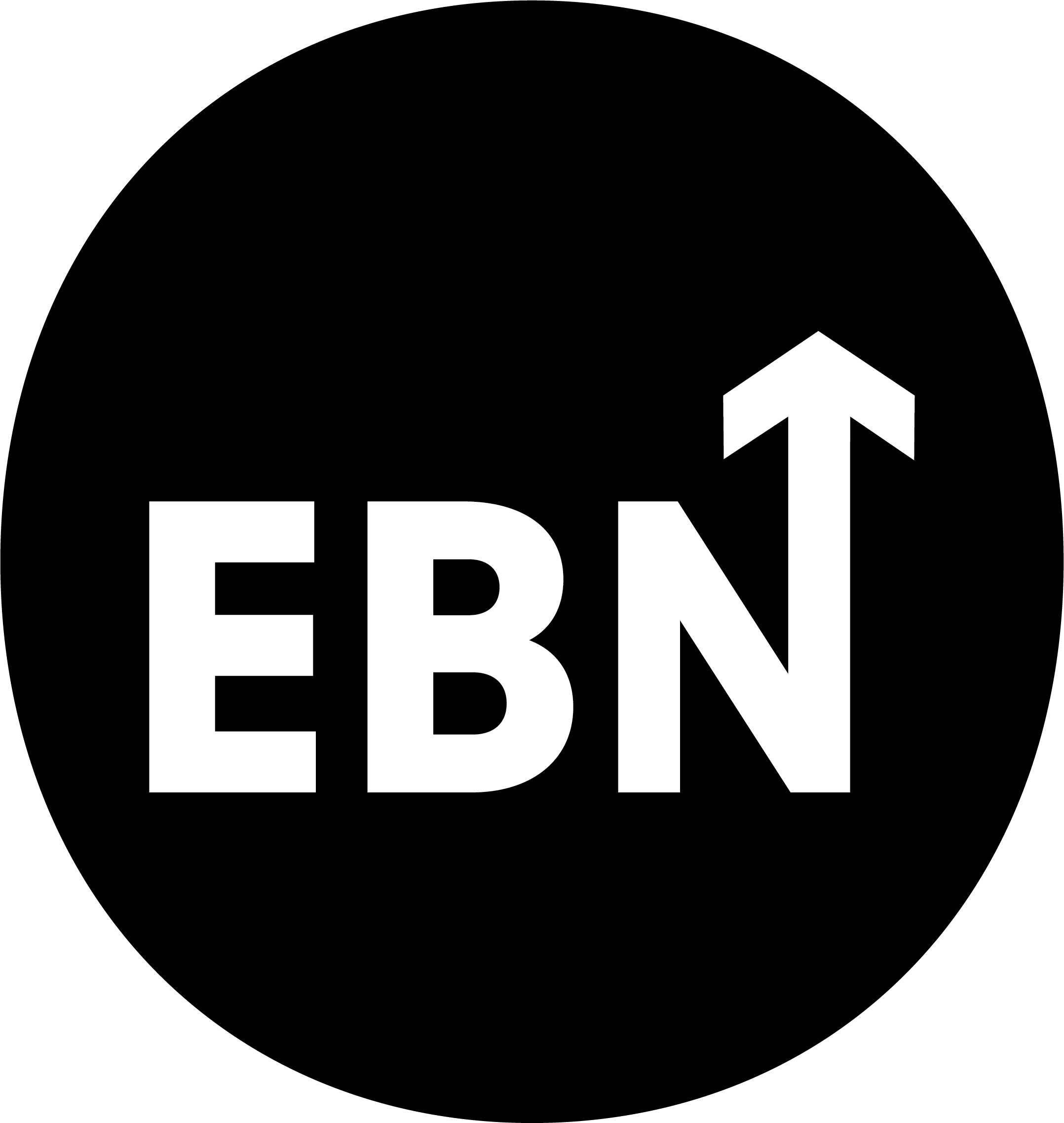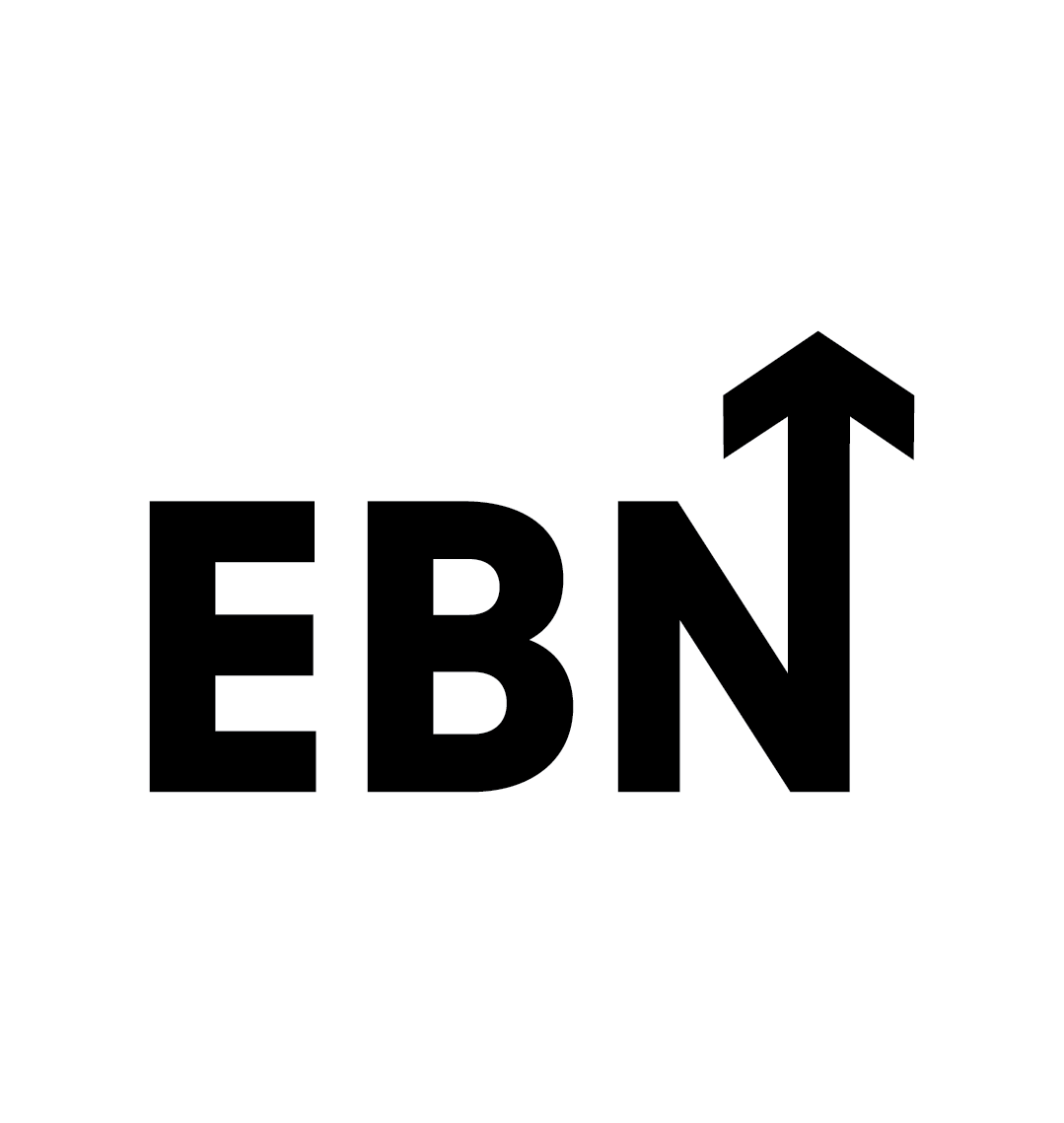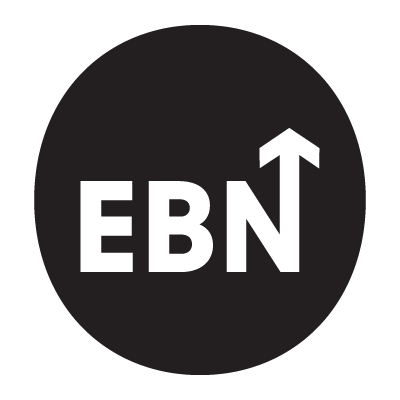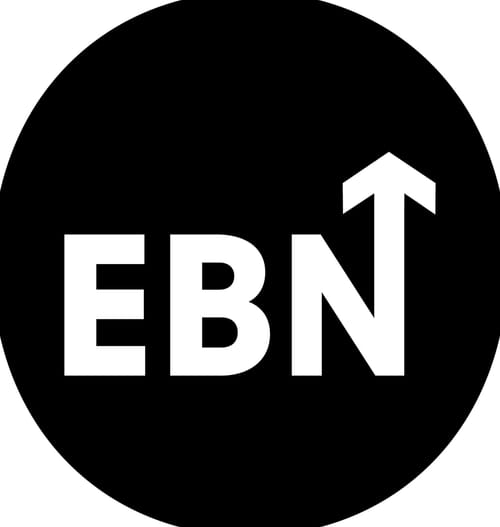Why Employer Branding Deserves a Strategic Seat at the Table
Employer branding has come a long way from glossy recruitment posters and cheerful social posts about company culture. In 2025, it's a boardroom issue. Why? Because the organisations that win on talent win on business outcomes. And employer branding done well is no longer a marketing side hustle - it’s a strategic function that’s proven to drive revenue, reduces cost, and protects reputation.
Momentum isn’t always progress, especially when you always end up back where you started.
Fathom helps you escape the loop. With insight, not intuition.
Yet, much of what still gets labelled "employer branding" is little more than feel-good fluff. A slick campaign might win awards, but it may not move the needle on hiring, retention, engagement or perception, if it’s just noise. This guide is for those who want to do it properly. Whether you're just starting out or reevaluating your current approach, here’s how to build an employer brand that delivers measurable business impact.
✅ Employer Branding Explained: What It Is (and What It’s Definitely Not)
At its core, employer branding is how your organisation is perceived as a place to work - by candidates, employees, and the market at large. It encompasses the promises you make (your EVP) and the experiences you deliver across the employee lifecycle. It needs to clearly answer the question “why work here” or, more importantly, “why work instead of somewhere else?”.
It is not:
- A tagline and some social media posts
- Just an Instagram feed full of smiling interns
- Having a subscription to a page where you can drop feel good content
- Paying for awards or badges
Done right, employer branding is a strategic ecosystem that:
- Aligns with business goals
- Reflects authentic employee experience
- Is backed by research and talent insights
- Is accountable to metrics
And most importantly, employer branding is about influence over outcomes. That means not just awareness or engagement metrics, but results that impact productivity, cost, growth, and resilience.
Helping HR, talent acquisition, employer branding, and company culture professionals find careers worth smiling about.
✅ Why Employer Branding Is a Strategic Business Advantage
Let’s strip away the branding gloss for a moment. Why should any CEO care about employer branding?
Because talent is one of the last true differentiators.
Whether you're a fast-growing tech scale-up, a global bank, or a government agency, the ability to attract, engage, and retain the right people is a leading indicator of organisational performance. And that’s where employer branding comes in.
BTW, CEO’s do care about it, as PwC’s annual CEO survey clearly shows.
Here are some of the ways a strategic employer brand drives tangible value:
1. Cost-per-hire and time-to-fill
If quality talent aspires to work for you – thanks to a clear and compelling employer brand – you'll attract qualified candidates faster and cheaper. This significantly reduces spend on job boards, agencies, and sourcing efforts.
2. Offer acceptance rates
Candidates who understand and connect with your employer brand are much more likely to accept your offer - because they already believe in the opportunity and prefer you to competing offers. Rejected offers are both frustrating and expensive and need to be minimized.
3. Turnover and retention
When people feel the employment reality matches their expectations or the promises they were made, they stay longer. Retention is also greatly improved by the positive PR created by highlighting these favourable realities (the content and stories your EB team should be skilfully uncovering and sharing). The cost of regretted loss to any business can be enormous
As SHRM have calculated, the cost of an employee leaving ranges from 50-200% of their full year salary. Times that by the number of employees who leave, and you’ll see why it’s such a critical issue for so many employers.
4. Engagement and productivity
Study after study shows that employees who buy into the purpose and culture perform better, collaborate more, and are more likely to advocate for the company. It also works the other way around, those that perform better are better for your culture. Either way you slice it, having a strong employer brand and landing the best talent in the market will make your workforce more productive.
5. Leadership perception and crisis resilience
In times of uncertainty, a strong employer brand can uphold trust, protect leadership, and support change management. During those times where you need your best people to hang on in there, ask yourself, are you a workplace worth riding the storm for?
These are not intangible benefits. According to LinkedIn research, a strong employer brand reduces turnover by up to 28%, lowers hiring costs by up to 50%, and increases qualified applicants by over 2x. For a medium to large sized business, that equates to millions of dollars on the bottom line.
✅ Strategic Employer Branding: The Five Foundations That Deliver ROI
Let’s be blunt: the vast majority of employer branding initiatives are undercooked because they skip the strategic groundwork. They jump to tactics. To visuals. To videos. To awards. And then wonder why they’re not moving the dial.
To build an employer brand that performs, you need to start with five foundational elements:
1. Insight before action
Your first move is research. Use quantitative and qualitative data: candidate surveys, employee engagement results, employee feedback and reviews, exit interviews, focus groups, perception audits. Understand what different talent segments think, feel, fear, and want.
2. A data-driven EVP
A great EVP doesn’t try to be all things to all people. It reflects the reality of your culture and, most critically, what differentiates you from your talent rivals. It’s relevant, unique, true and credible - and it evolves. Segment where necessary (e.g., tech talent vs. operations vs. graduates).
3. Measurable objectives
Set clear outcomes from the start. Is the goal to reduce attrition in year one? Improve representation of women in leadership? Lower your cost-per-hire by 30%? Define what success looks like.
4. Cross-functional alignment
Your employer brand shouldn't owned by HR alone. It should be aligned across internal comms, external comms, brand, and even customer experience. Consistency and internal collaboration is the differentiator.
5. Ongoing accountability
Build a measurement framework. Track your brand health across perception, pipeline quality, internal experience, review sites, and business KPIs. And most importantly, report on it regularly.
Momentum isn’t always progress, especially when you always end up back where you started.
Fathom helps you escape the loop. With insight, not intuition.
✅ The Employer Branding Lifecycle: From EVP Strategy to Execution
A well-executed employer brand follows a deliberate process. Here’s how strategic EB unfolds:
Phase 1: Research & Diagnosis
- External talent research – what do the talent we want think of us and our rivals. Also, what are their career preferences and priorities.
- Internal talent research – what do our workforce truely want and experience? How does it change across demographics?
- Leadership and strategic alignment – what are the current mission and vision? What’s the direction of travel and how can we align?
- Benchmarking against competitors – essential for differentiation.
The research phase needs to be rigorous to avoid pain later down the line. It’s possible to use existing data sets, such as engagement survey data, exit interview data, employee reviews etc, but it’ll be impossible to totally sidestep primary research. It’s helpful to have a third party help to ensure data integrity, comparability across datasets, and limit bias.
Phase 2: EVP Development
- Craft a compelling and evidence-backed EVP BASED ON THE INSIGHTS!! Whatever you do, don’t forget all the hard work from Phase 1.
- Define the brand you want to cultivate and ensure you have sufficient and compelling supporting proof points.
- Segment by audience or geography as needed.
- Test internally and externally.
Phase 3: Activation
- Build consistency across the talent journey: careers site, job descriptions, social channels, interview process, onboarding.
- Leverage existing assets and platforms if you have them. Don’t be afraid to start new ones if you’re able to commit to them.
- Prioritise real employees and authenticity over stock images and forced content.
- Train recruiters, hiring managers and anybody who’s talent facing (including externals) on who you are and how to talk about you to those who’ve joined or who may join. Again, consistency is key.
Phase 4: Engagement & Internal Alignment
- Bring the EVP to life inside the organisation.
- Align people programs, rewards, comms, and leadership behaviours.
- Map it out and look to add elements of your EVP in all the places it makes sense to do so.
- Create the conditions for authentic employee advocacy.
Phase 5: Measurement & Optimisation
- Monitor key metrics: application volumes, quality of hire, offer-acceptance, retention, engagement, review sentiment.
- Conduct brand health audits annually to ensure the needle is moving.
- Refine messaging based on feedback and performance.
- Refine your EVP over time as realities change – either internally or externally.
This process isn't linear. It's cyclical. Successful employer brands are always listening, evolving, and improving.
✅ What High-Performing Employer Brands Get Right
- They invest in research. They don’t guess what talent wants.
- They act on insights. They use data to drive decisions.
- They speak clearly and honestly. No buzzwords, no BS.
- They activate internally and externally. The brand experience is consistent.
- They measure performance like any other business function. Because they genuinely believe employer branding is a value generator, not a PR stunt.
Common Pitfalls to Avoid
- Fluff over function: Don’t confuse employer brand with a tagline.
- Mismatch between promise and experience: Over-promising kills trust.
- Failure to measure: What gets measured gets funded. What doesn’t, doesn’t.
- Siloed ownership: EB must be cross-functional. Or at least requires a team of specialists. Throwing it to the intern doesn’t cut it.
- One-and-done campaigns: Employer branding is a long game.
Helping HR, talent acquisition, employer branding, and company culture professionals find careers worth smiling about.
The New Standard for Employer Branding
It really isn’t about running a fun Instagram account or handing out swag bags. Done right, employer branding helps you build trust, close the best candidates faster, keep great people longer, and align everyone to a shared mission.
Do it properly and you will absolutely save money, increase revenue, and reduce risk. If those things aren't happening yet, don't give up, troubleshoot.
Employers who're still treating employer branding as a marketing accessory are missing the opportunity and leaving value on the table – even if a strong consumer brand is helping them get a few people through the door.
A great employer brand isn’t the cherry on top. It’s the foundation of your talent strategy. And in a market where the best people have choices, you need more than hope and good intentions. You need brand, built on truth, backed by data, and designed to perform.
Still need proof that employer branding works?
Ask yourself this: when was the last time you paid more for a bag, a phone, a pair of shoes—or anything really—when a cheaper version did the exact same thing? Probably not that long ago. That’s the power of brand.
It’s no different with jobs. Most roles, at their core, offer similar functions—salary, benefits, a place to grow. But some companies have talent lining up to join them, while others struggle to get responses. Why? Because a strong employer brand makes a job feel more desirable, more meaningful, more worth it.
People don’t just choose jobs. They choose what the job says about them. That’s brand.
Takeaways
Employer Branding Is a Strategic Business Function
Forget the fluff. Modern employer branding is accountable to business outcomes like revenue growth, cost reduction, and risk management not just likes or clicks.
Talent Perception = Competitive Advantage
Your employer brand influences whether great talent chooses you over the competition. In today’s market, that advantage is make-or-break.
A Data-Driven EVP Is Non-Negotiable
An EVP must reflect reality, resonate with the right talent segments, and be based on solid research. Without it, you’re building on sand.
Internal Alignment Multiplies Impact
The best employer brands are cross-functional. HR, comms, leadership, and brand teams must work in sync to ensure authenticity and consistency across the employee journey.
Metrics Matter: What Gets Measured Gets Funded
Without measurement, EB remains a “nice to have.” Track cost-per-hire, retention, review sentiment, and offer acceptance to prove ROI and secure buy-in.
Employer Branding Is a Continuous Cycle
This isn’t a one-off campaign. It’s an always-on program that listens, adapts, and evolves with the business and talent market.
A Great Employer Brand Pays for Itself
From cutting hiring costs to reducing churn, strong employer branding delivers measurable financial benefits. It’s an investment, not an expense.
Avoid the Common Pitfalls
Over-promising, lack of research, or siloed ownership will undermine your efforts. Success requires truth, data, and alignment.







